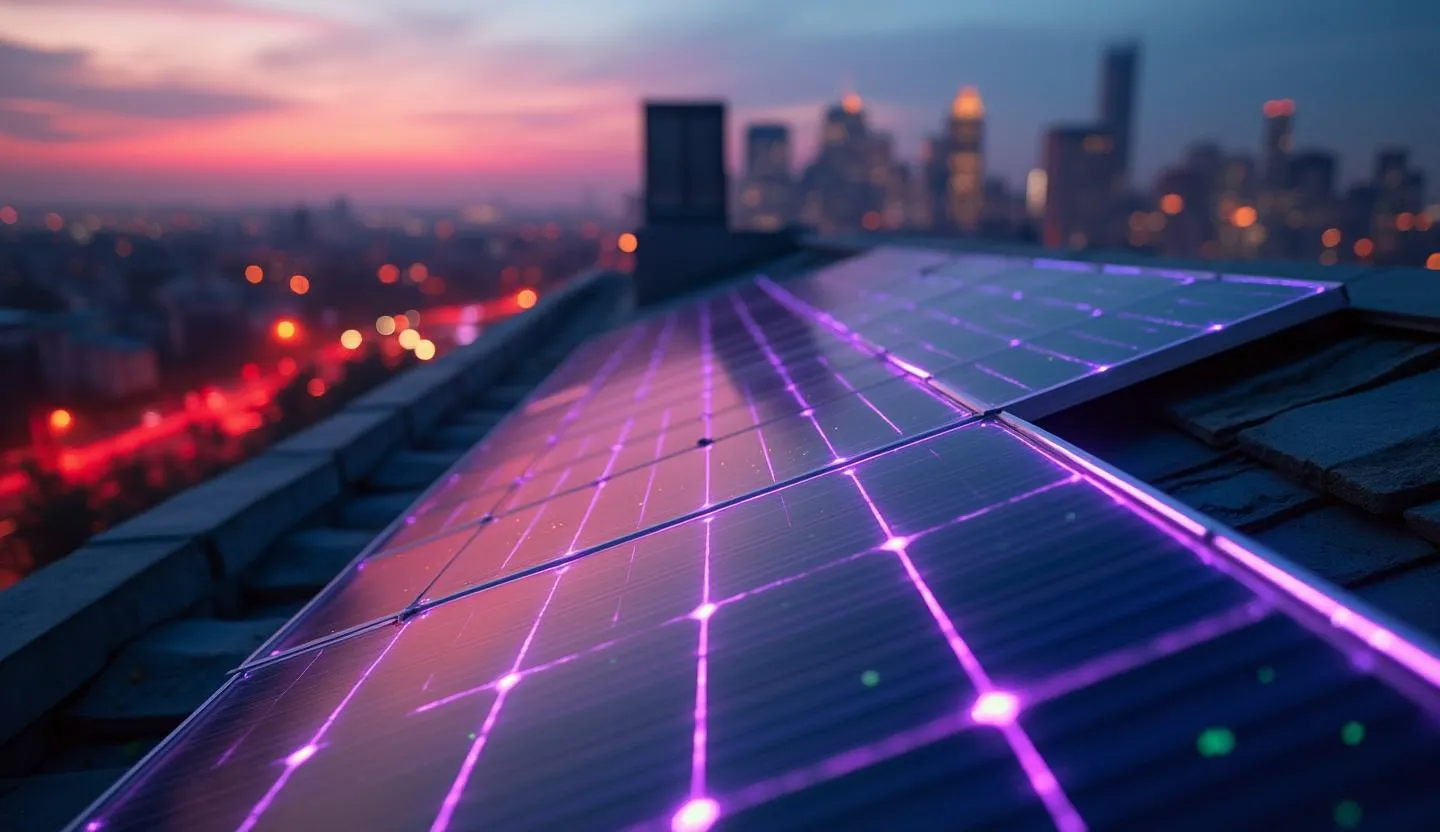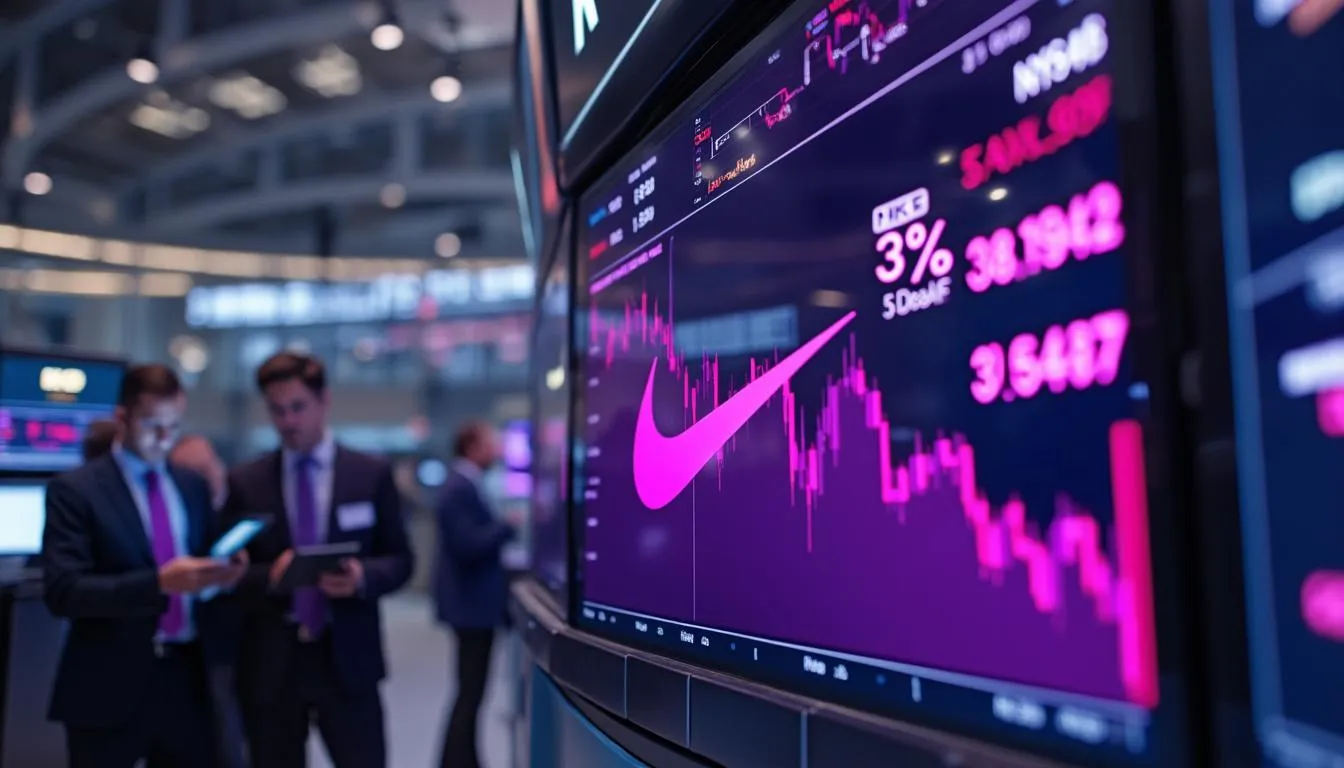Barclays Reassesses Its Stance on SolarEdge—Why Now Matters More Than Ever
In a landscape defined by both political turbulence and shifting investor sentiment, Barclays has upgraded SolarEdge Technologies, Inc. (SEDG) from "Underweight" to "Equal Weight" as of July 14, 2025. SolarEdge, a global leader in smart energy technology, provides inverter solutions that power solar photovoltaic (PV) systems for residential, commercial, and industrial customers. With its pioneering business model, SolarEdge leverages proprietary hardware and advanced software to optimize energy generation, efficiency, and grid integration—core pillars in the rapidly evolving clean tech sector.
This analyst move comes at a critical juncture: just as the U.S. administration’s drastic cuts to green tax credits and new legislation cast a shadow over renewables. Barclays’ decision to recalibrate its outlook underscores a nuanced shift in institutional confidence. Analyst upgrades like these can catalyze new capital flows, reset market expectations, and offer investors a signal amid the noise—especially when the sector’s macro backdrop is as controversial as it is today.
Key Takeaways:
Barclays upgrades SolarEdge to 'Equal Weight,' reflecting a more constructive risk/reward balance.
Potential upside is implied but not quantifiable due to the absence of a published price target; focus shifts to risk normalization.
Recent stock volatility links directly to U.S. policy changes, notably the rollback of clean energy incentives.
Despite sector headwinds, SolarEdge has recently outperformed the broader market, suggesting relative resilience.
Technical indicators point to short-term overbought conditions, with a high RSI and recent price rebound from yearly lows.
Investors should weigh Barclays’ global scale and sector expertise, which add gravitas to this upgrade—even as the policy environment remains fluid.
Barclays' Upgrade: Context and Credibility
The Analyst Firm’s Clout
Barclays, a multinational investment bank with a robust global research division, wields significant influence across equity markets. Known for its conservative ratings and rigorous sector analysis, a move from "Underweight" to "Equal Weight" signals a meaningful moderation in perceived downside risk. This is not a speculative call for outperformance, but rather an acknowledgment that the worst-case scenario for SolarEdge may have been priced in after a protracted selloff.
Barclays' research team is recognized for its deep coverage of technology and industrial stocks, often acting as a bellwether for shifting institutional sentiment. This upgrade, therefore, carries notable weight, especially when juxtaposed with the firm’s prior bearish stance.
"Barclays’ research is widely respected for its data-driven, long-term perspective—when they move, the market often listens." — DeepStreet
A Move Toward Risk Normalization
The absence of a new price target in today’s upgrade is itself telling: Barclays is not yet forecasting aggressive upside, but rather sees the risk/reward as balanced. This subtlety is important for investors: it suggests SolarEdge is no longer a sector laggard in their view, but neither has it regained clear leadership status in the clean tech universe.
Stock and Financial Performance: Navigating Volatility
Price and Sentiment Review
Current Price: $26.28 (pre-market, July 14, 2025)
One-Year Range: $10.24 (low, Nov 2024) to $31.07 (high, Aug 2024)
Recent Rebound: SEDG has bounced nearly 157% from its 52-week low, but remains below last year’s high—a sign of extreme volatility and shifting investor expectations.
Volume Trends: With a total annual volume exceeding 1.1 billion shares and a recent 56,142-share early trading session, trading activity has surged in tandem with news events.
Technical Indicators:
RSI: 79.25 (overbought)
20-day EMA: $23.13 (price now above trend)
VWAP: $17.57 (supportive of recent upward momentum)
These metrics suggest that while the market may have overshot to the downside in late 2024, the recent rally could be susceptible to profit-taking—especially if macro or regulatory risks persist.
Sector and Macro Headwinds
The solar sector has been hit hard by U.S. policy changes. President Trump’s new legislation, the One Big Beautiful Bill Act (OBBBA), and rollback of green tax breaks have triggered a sector-wide selloff. Yet, SolarEdge managed to outperform the broader market in recent sessions, hinting at underlying operational or strategic strengths that differentiate it from peers.
Recent News: Headlines Driving Sentiment
"3 Stocks To Sell Now That Trump's Big Beautiful Bill Is Law" – Benzinga (July 11, 2025):
This article names SolarEdge among clean energy stocks under pressure from U.S. legislative changes. The tone is cautionary, reflecting immediate market skepticism.
"Solar Stocks Sink: Trump Slashes Green Tax Breaks" – Benzinga (July 8, 2025):
Details the initial sector selloff following the executive order. Investors were quick to rotate out of solar names, accelerating the downward move.
"SolarEdge Technologies (SEDG) Outperforms Broader Market: What You Need to Know" – Zacks (July 10, 2025):
Despite the policy headwinds, SolarEdge posted a +1.77% gain on July 10, signaling resilience and possibly attracting contrarian interest.
“Clean energy investors weren't exactly celebrating... when President Donald Trump signed the One Big Beautiful Bill Act (OBBBA) into law.” – Benzinga, July 2025
Financial Analysis: Finding Stability Amid Disruption
SolarEdge’s financials reflect a company under duress but not in distress. Key observations:
Revenue and Earnings: 2025 guidance was revised down in Q1, but sequential quarterly stabilization suggests the business is finding a floor.
Cash Position: Strong liquidity relative to sector peers, allowing SolarEdge to weather short-term volatility and invest in R&D.
Profitability: Margins compressed in the wake of policy changes, but cost control measures and supply chain adjustments offer potential margin recovery if market conditions stabilize.
Potential Upside: Calculated Opportunity, Not a Moonshot
With Barclays refraining from publishing a new price target, the focus for investors shifts to risk management and relative valuation. At $26.28, SEDG trades above its 20-day EMA but remains far below its 2024 high. This leaves room for a gradual re-rating, especially if policy risks are fully absorbed and sector multiples recover.
Upside Thesis: If sector sentiment improves and SolarEdge can demonstrate earnings stability, a return to the $30–$31 range (last year’s high) could represent a 14–18% near-term upside from current levels.
Downside Risks: Should policy headwinds intensify or earnings disappoint, the stock could revisit prior lows near $10, reflecting substantial downside risk.
Barclays’ Move in the Broader Context
Barclays’ upgrade does not constitute a bullish call on the solar sector as a whole; rather, it signals that SolarEdge’s risk/reward has reset after months of sector turmoil. This is a signal to re-examine their thesis: is the worst over, and does SolarEdge’s differentiated business model justify a place in a risk-adjusted portfolio?
Final Thoughts: Readiness for a New Era or a Dead Cat Bounce?
SolarEdge’s journey from pariah to market outperformer—at least in the last month—offers both opportunity and caution. Barclays’ upgrade provides institutional validation, but the lack of a new price target means this is a story still unfolding. For those willing to look beyond short-term policy noise, SolarEdge may offer asymmetric return potential—but only if management can execute in a less supportive regulatory environment.
Investors should closely monitor upcoming earnings, further policy developments, and sector sentiment. Barclays’ move may spark renewed interest, but discipline and skepticism remain essential in a market where the rules are quickly changing.

.svg)
.svg)
.svg)
.svg)

.svg)

.svg)
















